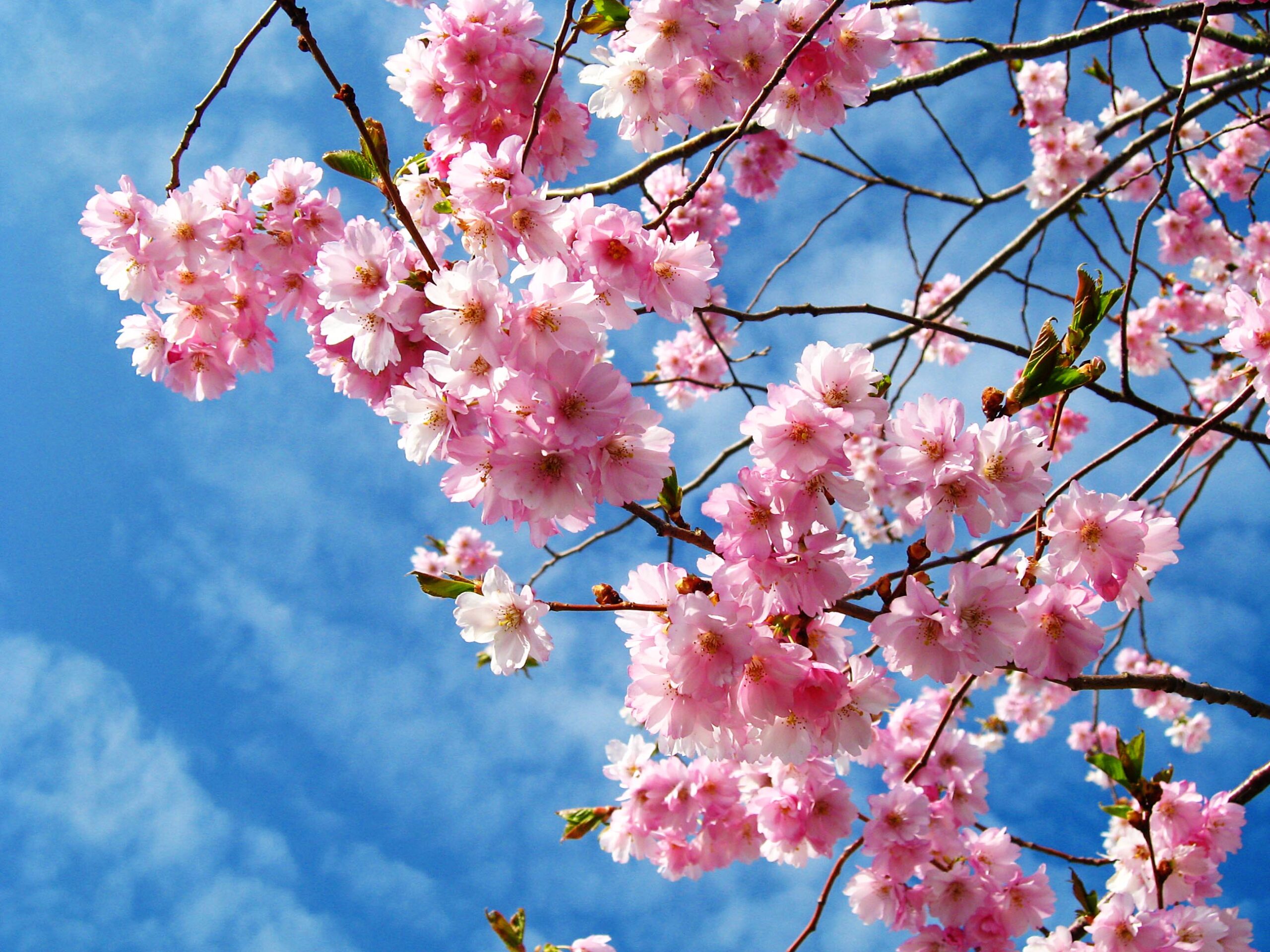February 2017 in Baltimore was 8.5 degrees warmer than average, and 1 degree warmer than an average March. The Washington, DC cherry blossoms were forecast to bloom up to two weeks ahead of their average peak before an unusual cold snap sent the region several inches of snow. Are these shifts an impact of climate change? Colin Studds, assistant professor of geography and environmental systems at UMBC, spoke on WYPR’s On the Record about how climate change is affecting phenology—the seasonal rhythms of the natural world—from migration, to hibernation, to blooms.
Studds outlined some of the challenges animals face as a result of changing temperatures and rainfall. For example, migratory birds that winter in the Caribbean have no way of knowing spring has come early in their mid-Atlantic breeding grounds. “By the time they arrive here, they’re really late,” Studds says—the birds have missed the peak availability of food they rely on. “They have to work that much harder to feed their young,” he says, which can result in reduced survival of the offspring.
Drought, another effect of climate change, makes it harder for birds to find enough food to build up the fat stores they need to begin an arduous migration, so they often end up leaving late. As a result, Studds says, “They have to migrate even farther north to find that sweet spot where they can have their young.” And if spring has come early, he says, that results in a “one-two punch” for the birds.
Studds shared several other examples of how climate change is altering seasonal rhythms, from cherry blossoms to pollinators to hibernating bears. Some species, especially those with large geographic ranges who aren’t picky about habitat, will have an easier time adapting to change, he notes. Some birds and insects have already shifted farther north. This adaptability can sometimes have concerning consequences, such as mosquitoes bringing diseases to the U.S. that were once confined to the tropics.
In other cases, animals aren’t able to adapt quickly. “Some species have really particular habitat requirements,” says Studds, “and these are the kind of species that can be marooned as climate change goes forward.”
And what about plants? “There’s a huge question mark,” as to whether plants will be able to shift their ranges, Studds says. “We just don’t know if plants will be able to do that. We’ve built a lot of barriers,” like highways and housing developments, he explains.
“Birds are the proverbial canary in the coal mine,” says Studds, because there’s ample data, mostly collected by citizen scientists.
The Japanese cherry blossoms are another useful indicator, having been tracked since the 11th century. “It’s not until the beginning of the 20th century, and the 1950s, where we start to see a big trend for much earlier blooming,” he says.
“In nature, timing is everything,” says Studds. As climate change affects different seasonal processes in different ways, he reflects, “It means everything is out of sync.” One thing is fairly certain, however. “We’re probably headed for a much warmer world.”
Listen to the entire interview, “Out of Sync in a Warming World.”
Image: Cherry blossoms at peak bloom. Photo by Ilsa Borbély, CC license 2.0.

